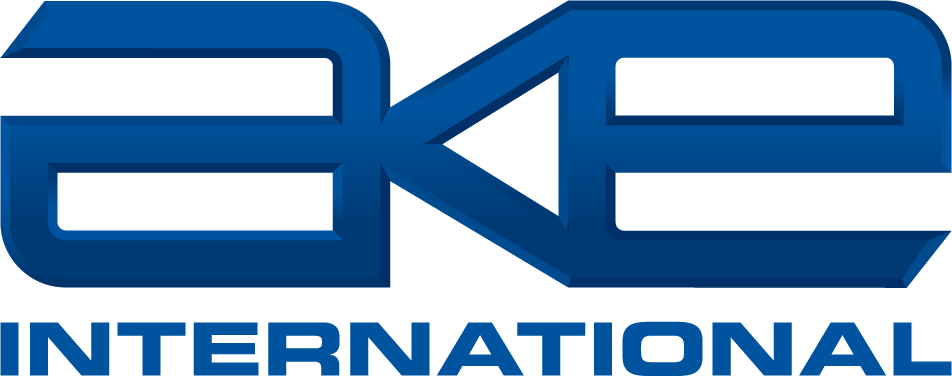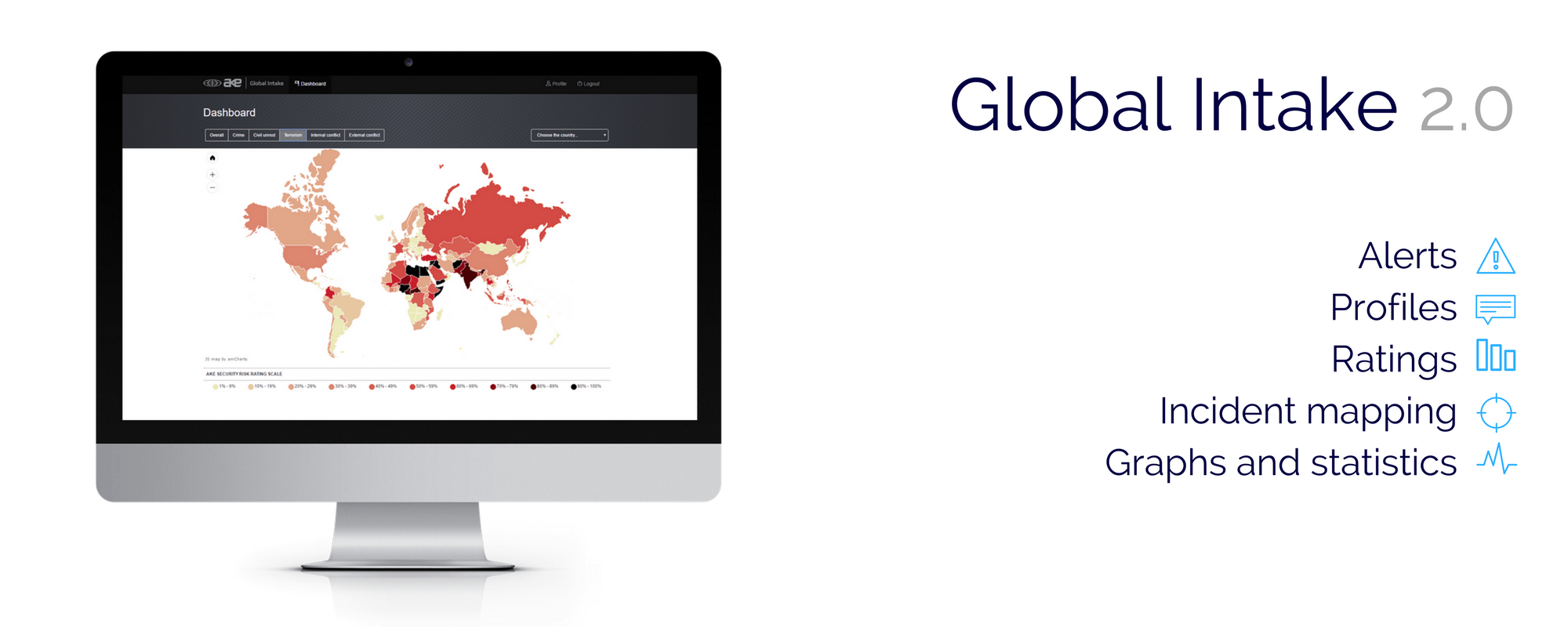Date first published: 26/11/2020
Key sectors: mining; commercial transport
Key risks: war on land; business disruption; unrest
Risk Development
On 13 November, Rabat deployed Morocco’s Royal Army to Guerguerat, a littoral town on the southern border of the disputed Western Sahara territory. The deployment sought to disperse a two-week blockade that Polisario – the Sahrawi rebel pro-independence group – was holding on commercial and civilian traffic, impeding phosphate exports from Western Sahara and basic imports from Mauritania and the African sub-continent. Polisario subsequently announced Rabat’s move violated the terms of the 1991 ceasefire and declared it voided. Subsequently Polisario forces attacked Moroccan forces near Guerguerat and launched attacks on towns near the 2,700 km long defensive wall.
Background
Polisario comes from the Spanish Frente Popular de Liberación de Saguía el Hamra y Río de Oro. The resistance movement was formed in the early 1970s by student survivors of the 1968 Mauritania ‘Zouerate massacre’ and Sahrawi from the Spanish army. The group consolidated after Spain withdrew and Morocco seized and claimed sovereignty in 1975. The dividing wall separates Rabat-held areas from Polisario-controlled areas in the east, nominally claimed as the Sahrawi Arab Democratic Republic (SADR). The mine-belt that runs along the wall is thought to be the longest continuous minefield in the world. All major Sahrawi settlements including Boucra’a mine and the port capital Laayoune lie in the Moroccan side, rendering SADR economically unviable. The conflict between Polisario and Morocco lasted 16 years, until the UN brokered a ceasefire in 1991 and established the Mission for the Referendum in Western Sahara (MINURSO). The solution proposed a referendum for the self-determination of Sahrawis but is yet to occur.
Why it matters
Including the Western Sahara, Morocco is estimated to hold 75-85 per cent of the world’s proven phosphate reserves and is the world’s second largest phosphate exporter. Phosphorous is a core mineral for high agricultural production, a ‘big’ nutrient which boosts crop growth along with nitrogen and potassium. Thus Western Sahara is not only a significant resource for Morocco, but an essential region for the agricultural industry and more widely, global nutrition and food provision. The Moroccan state owns OCP group, the largest single phosphate producer in the world. The OCP group owns Western Sahara’s phosphate mine Boucra’a which is exploited by OCP subsidiary Phosboucra’a and accounts for 10 per cent of total extraction. In 2019 Western Sahara phosphate exports fell to their lowest level since at least 2012, with volumes almost halved in 2019 to 1.03m tonnes, or US$90m from 1.9 m tonnes or US$164m in 2018.
Risk Outlook
TheWestern Sahara conflict is one of the ‘cold conflicts’ which in 2020 has reheated. The impact of cratering commerce and through traffic coupled with the COVID-19 pandemic has critically increased the vulnerability of the community, triggering Polisario to seek heightened global interest. 200,00 Sahrawi still live in Polisario-administered IDP camps near the Algerian town of Tindouf. The recent escalations also appear to be a provocation as the territory has not had a UN special envoy since May 2019. In the short term, clashes between Moroccan forces and the Polisario Front are likely to continue, disrupting the export of critical phosphate and import of basic resources between Mauritania and Morocco. The timing of external events is also interesting – amid the incoming presidency of Joe Biden, US involvement in the UN will be restored and conflicts either forgotten or ignored by the previous US administration may again incur increased international sympathies.


